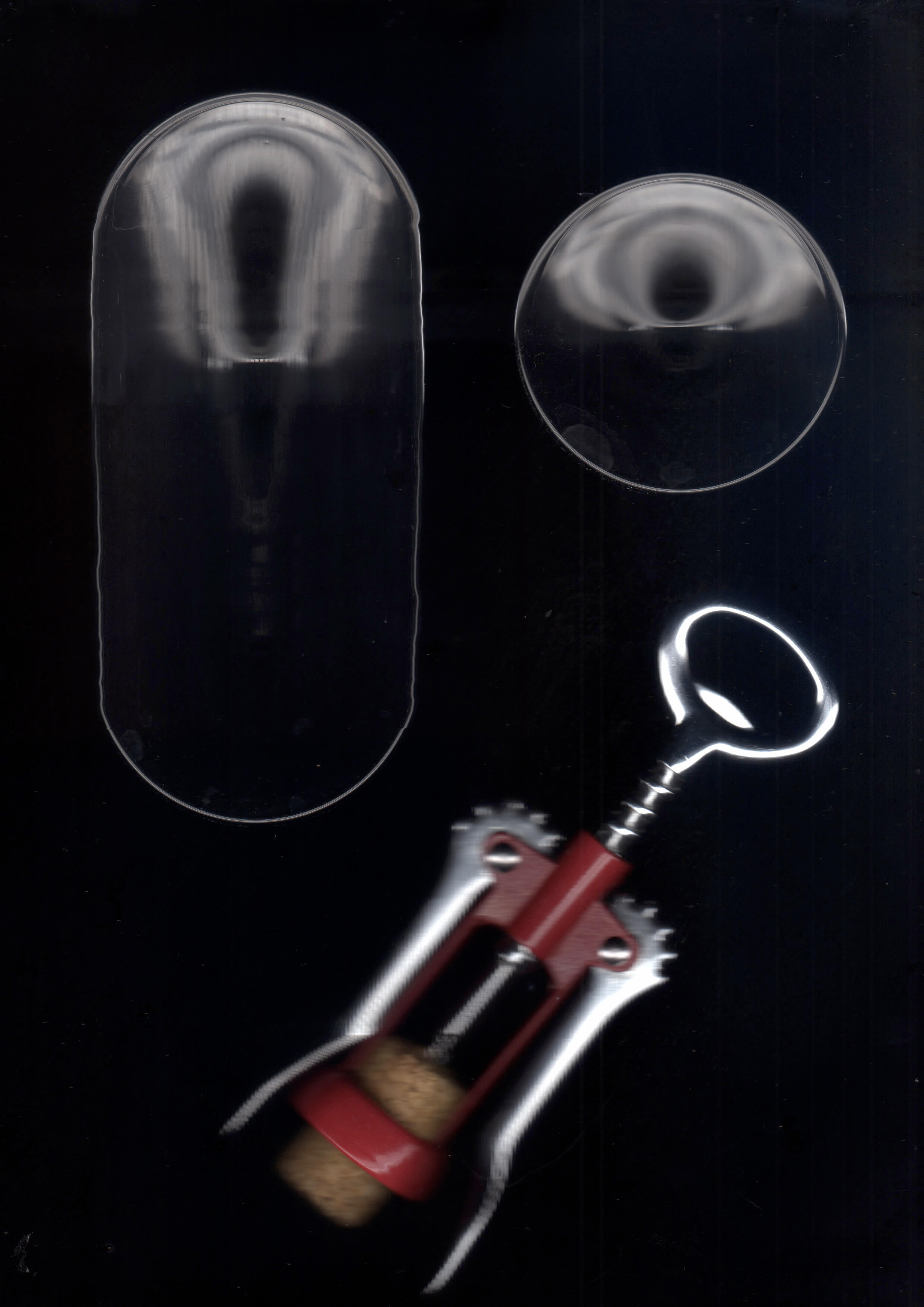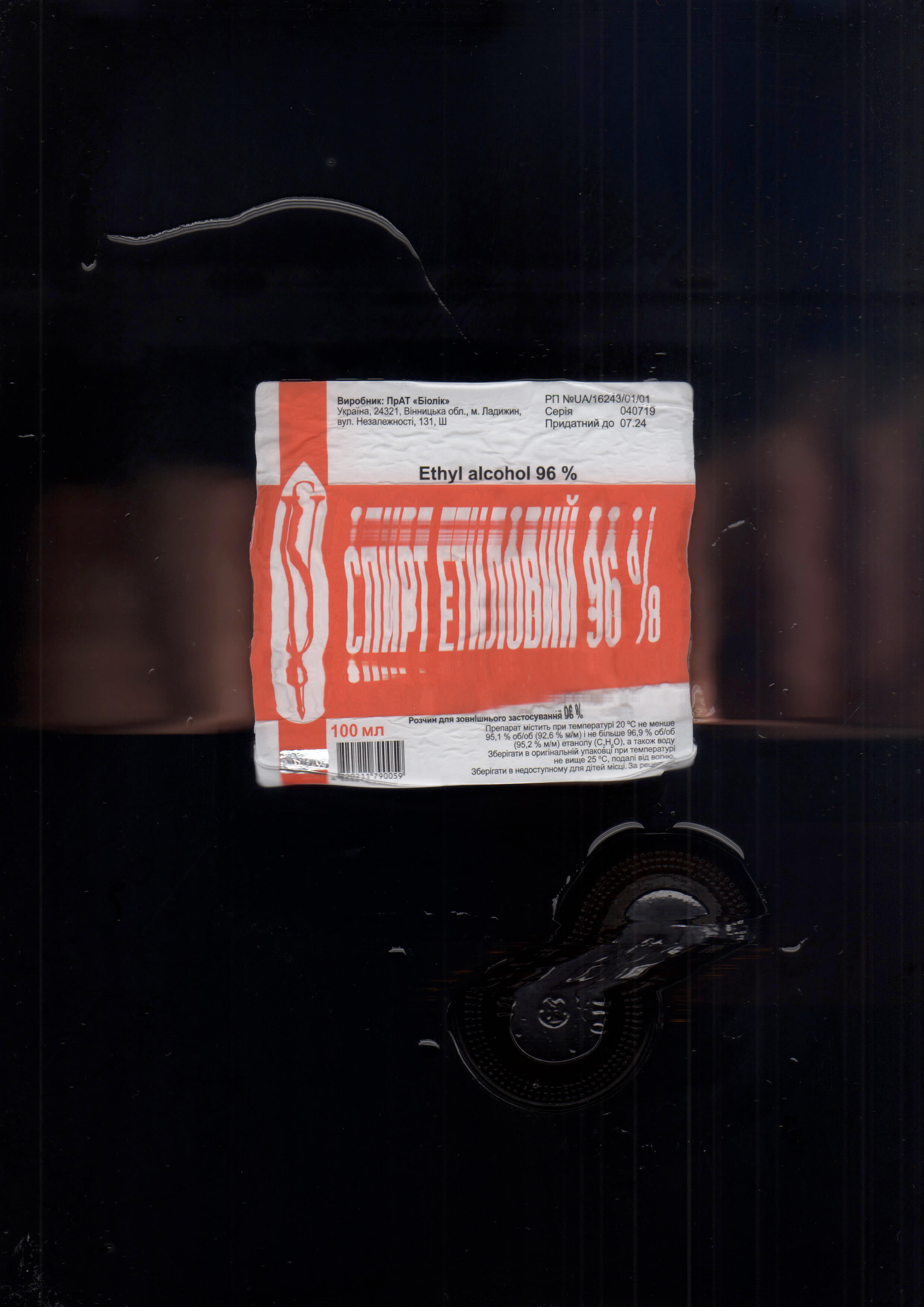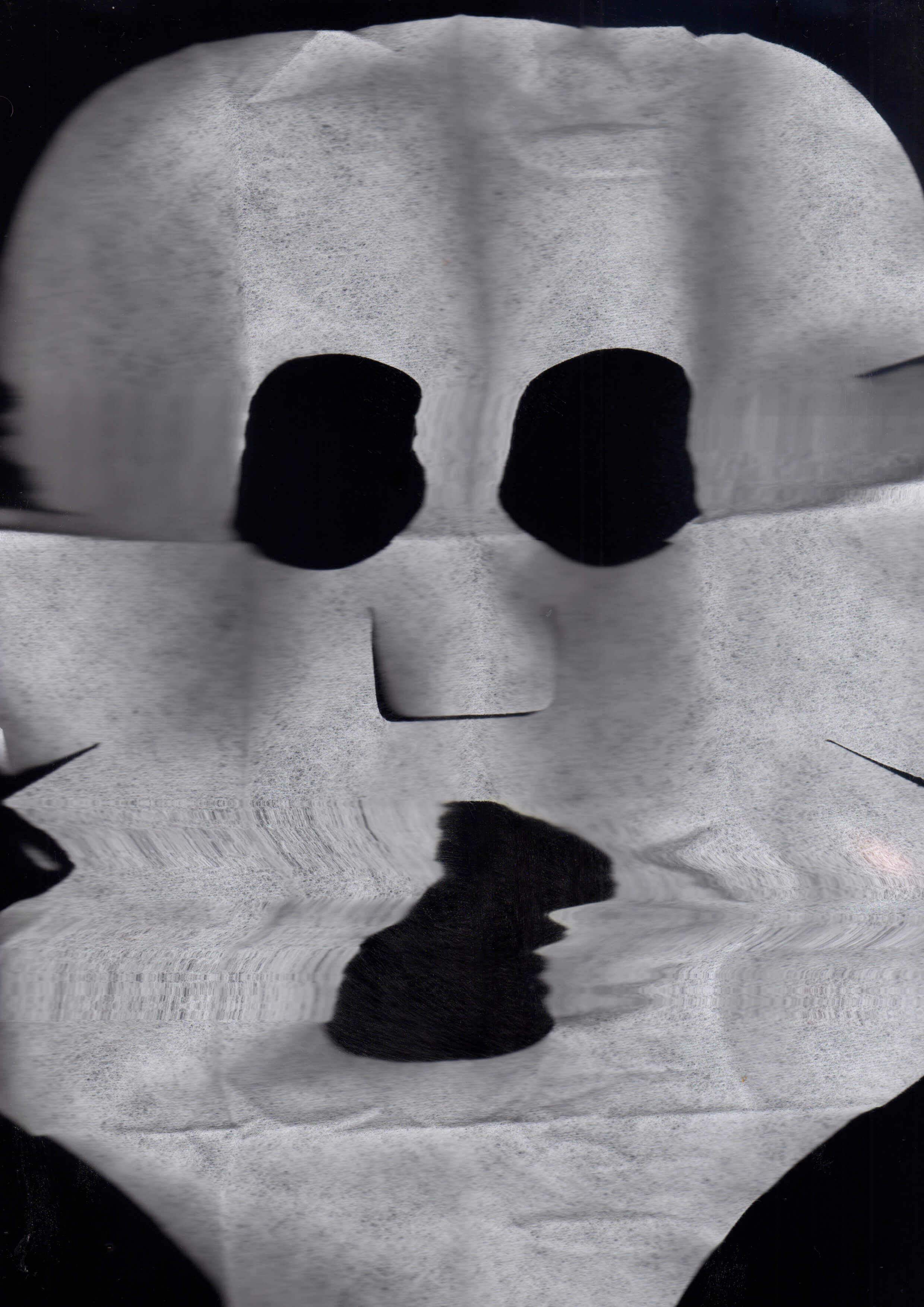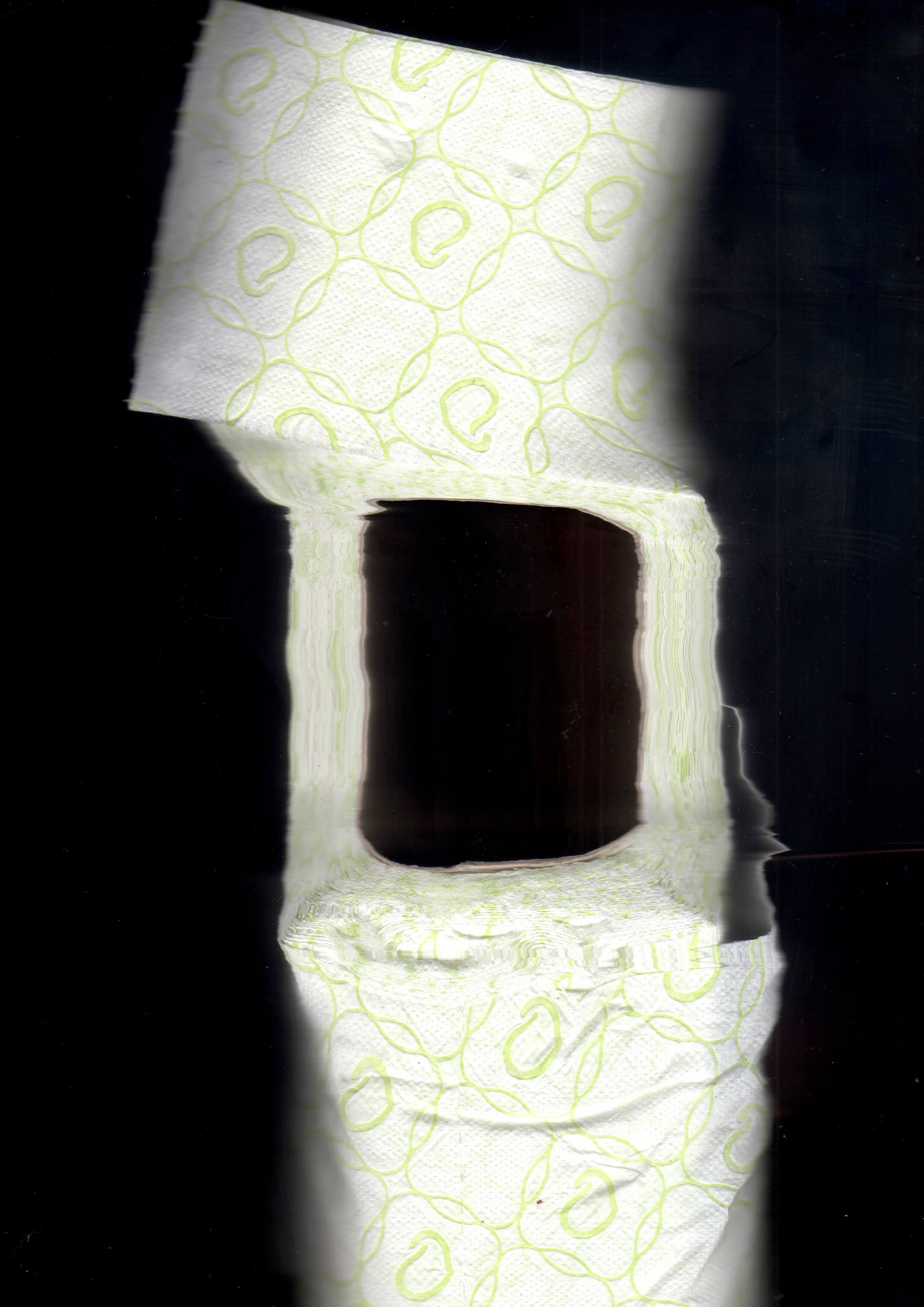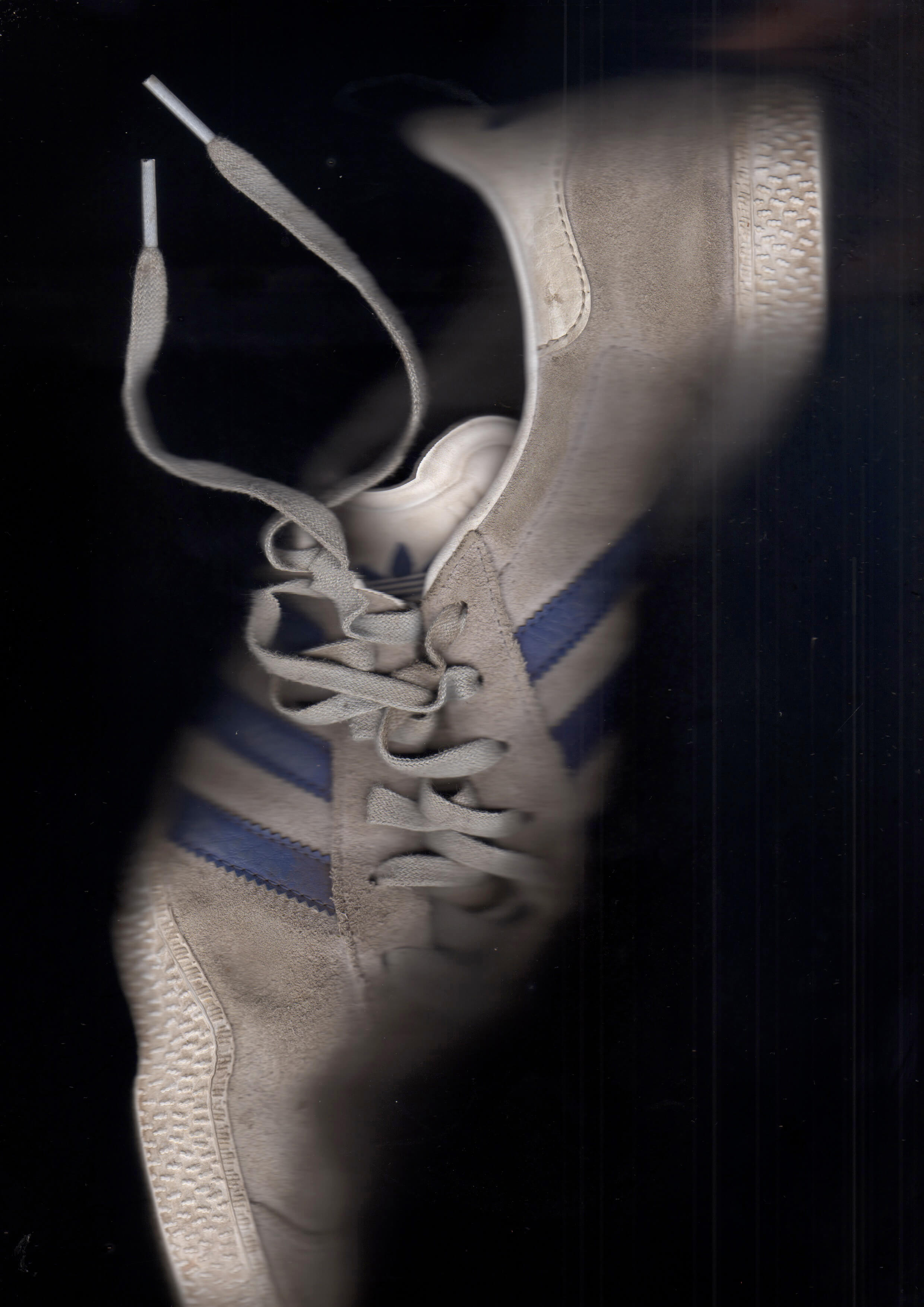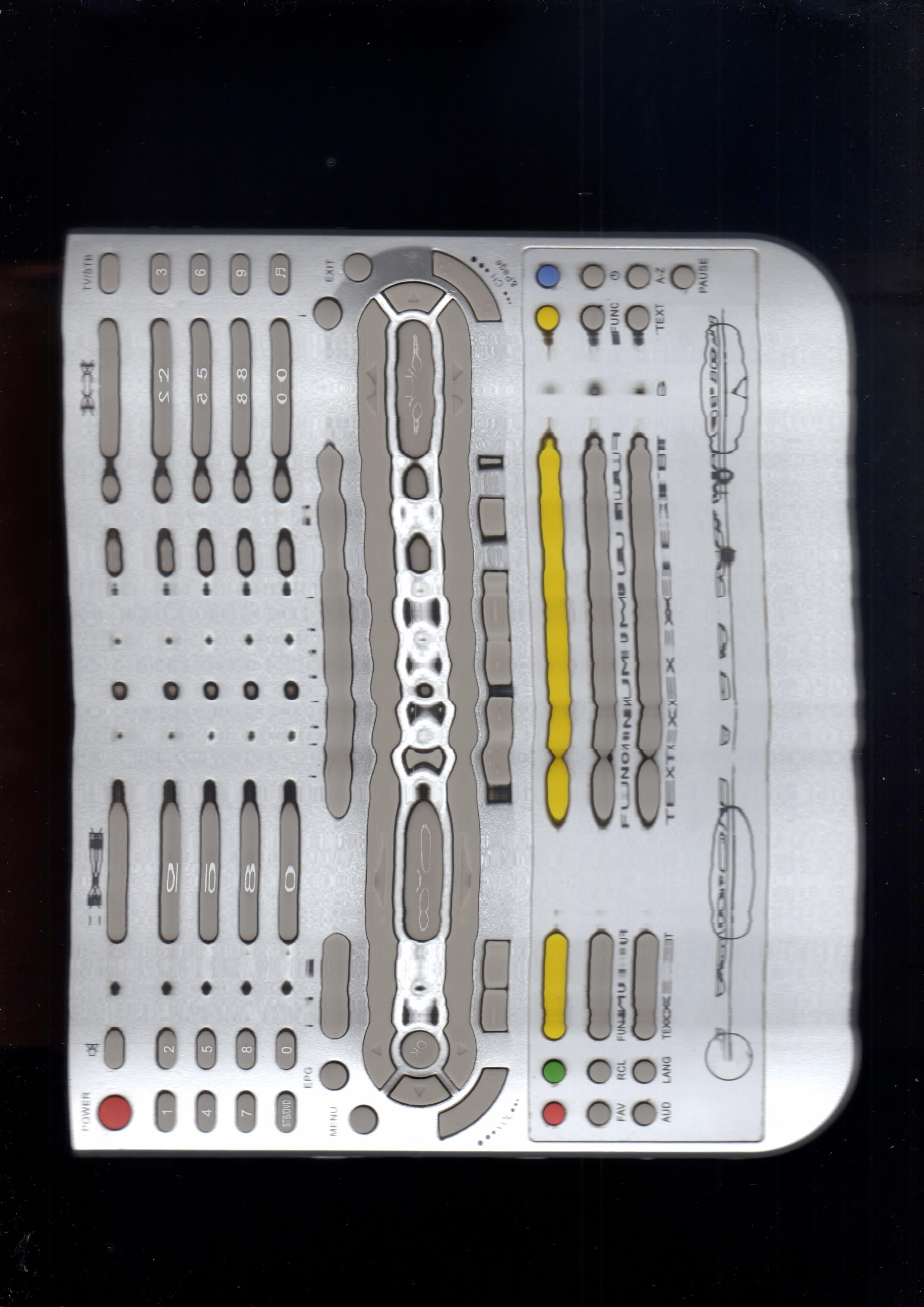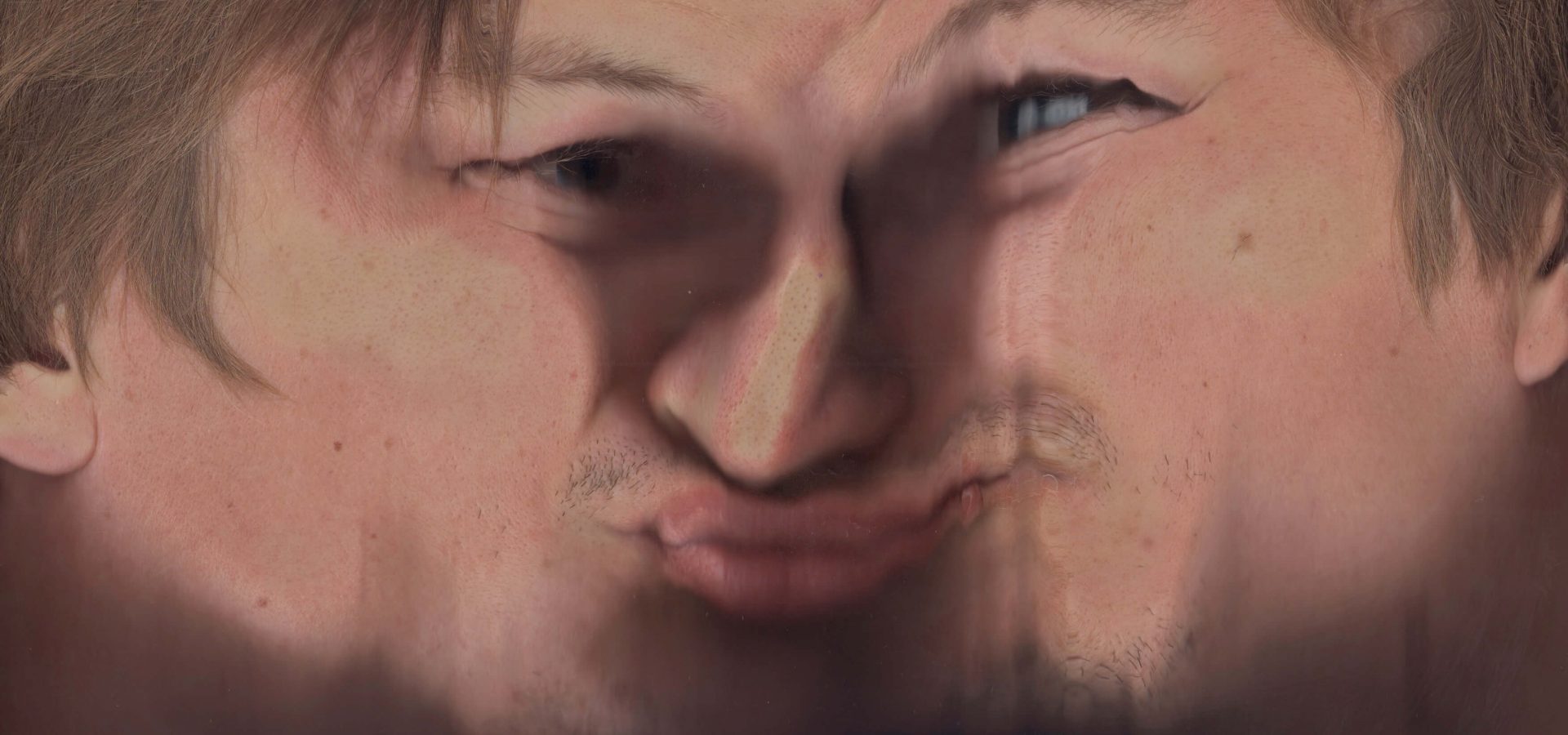
Cheeeeese: Elongated Photographs Taken by a Scanner
Photographs can be taken not only with the help of a camera: a regular scanner will do. This creative work is called scanography. The scanner is usually used for macro photoshoots (it allows you to have a sharp image all over), collages, or optical illusions with gravitation when objects are placed on glass, but the result looks as if they are standing in a bizarre way. You can also move objects in process and receive ‘weird’ elongated images.
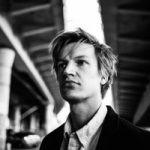
Ukrainian film and music video director, co-founder of WATRA music label. Worked together with Pianoboy, Boombox, Khrystyna Soloviy, O.Torvald, 5Vymir, and Postman. Created This is Pózor collage series.
— Self-isolation has given us the time for the things that we’ve been putting off: for instance, I have been interested for a long time in slit-scan photography. I even started to make a special camera for it, but I never finished it. You don’t necessarily need one, though. You can take slit-scan photographs and learn the principles of scanography with a home scanner.
After playing around for a bit — and scanning my face and different objects in the house — I decided to create a series with meaning. It is called #stayscan, and it provides a new look at the things that surround us during self-isolation: buckwheat, TV remote, laundry soap, or a forgotten sneaker.
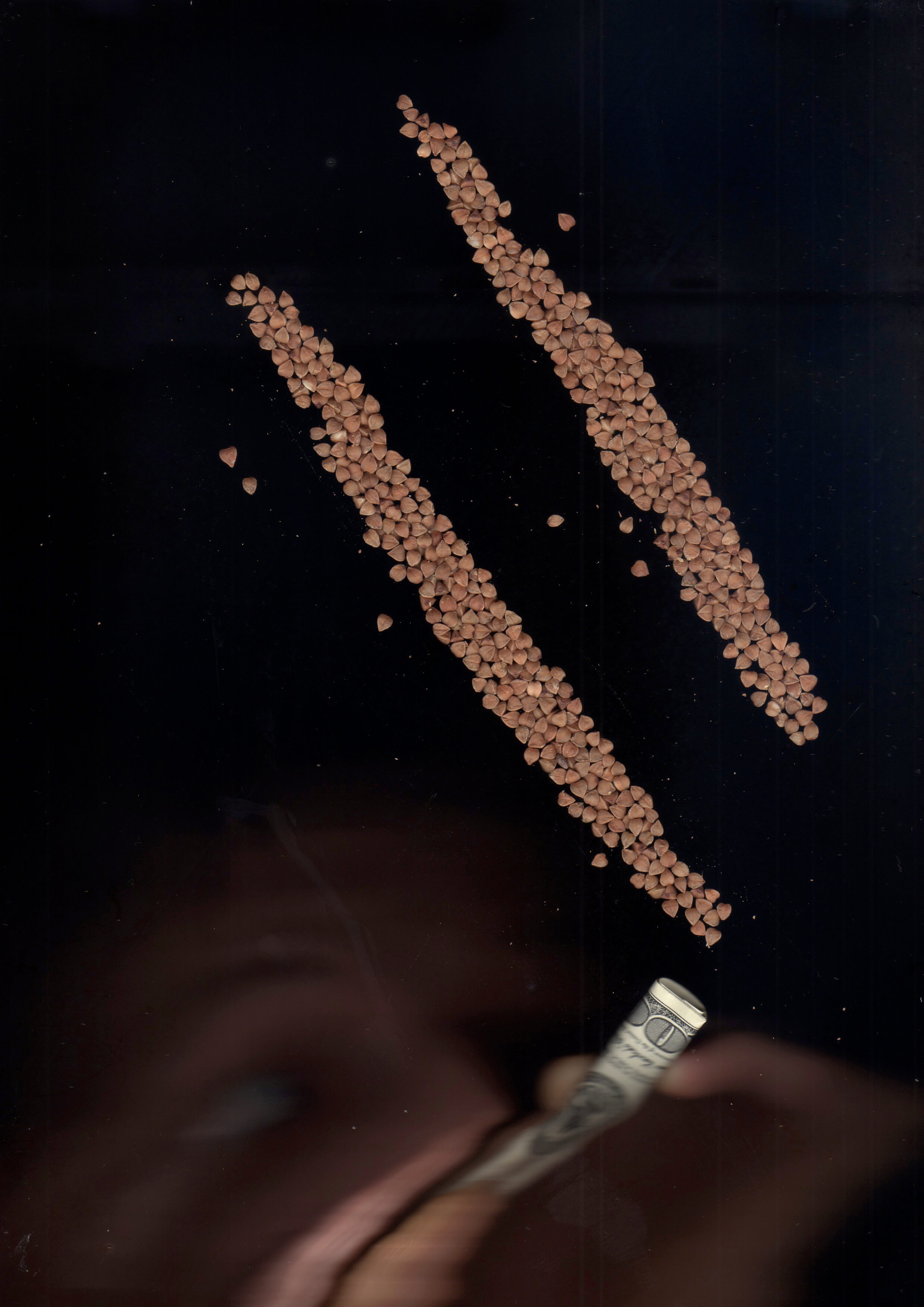
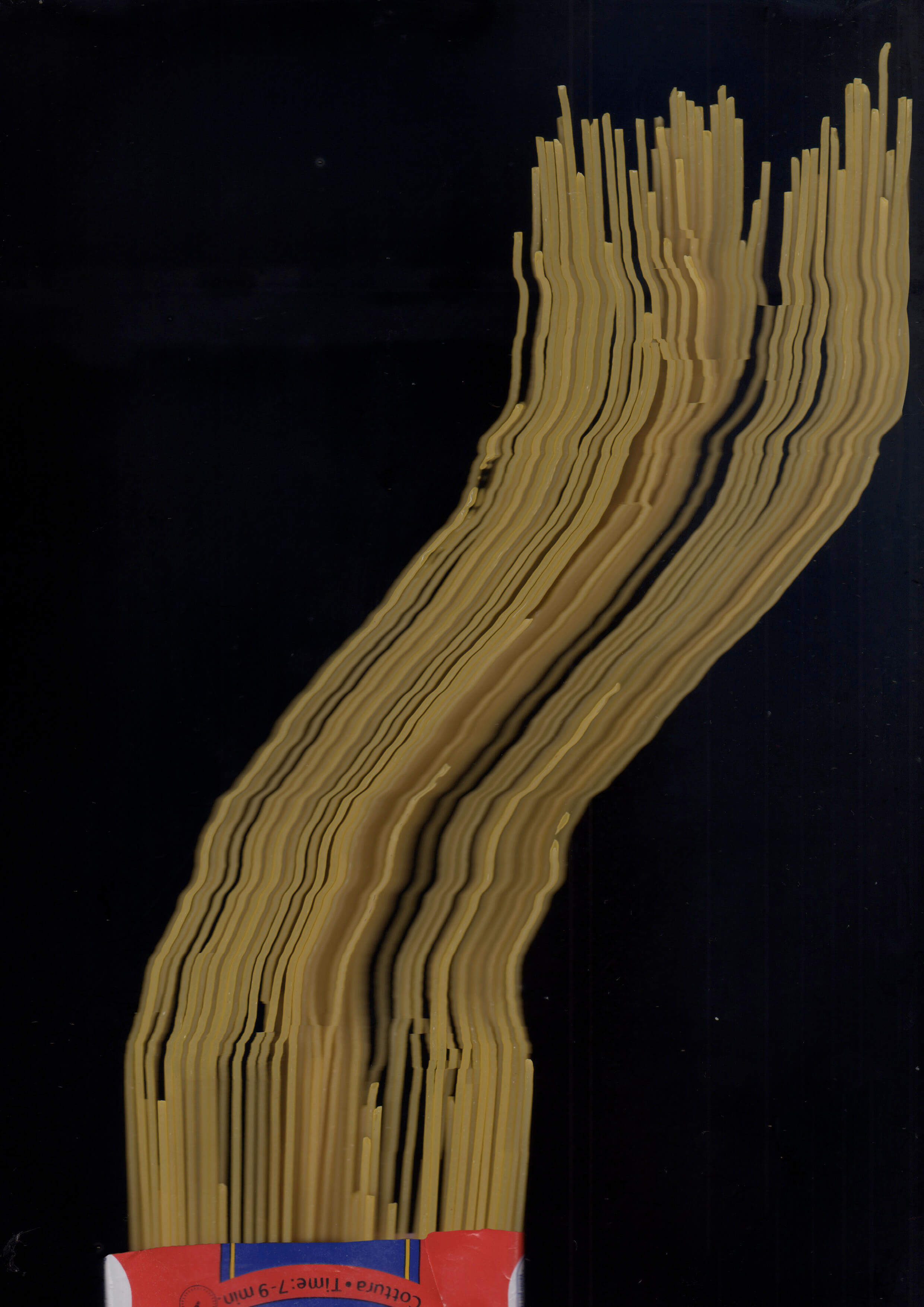
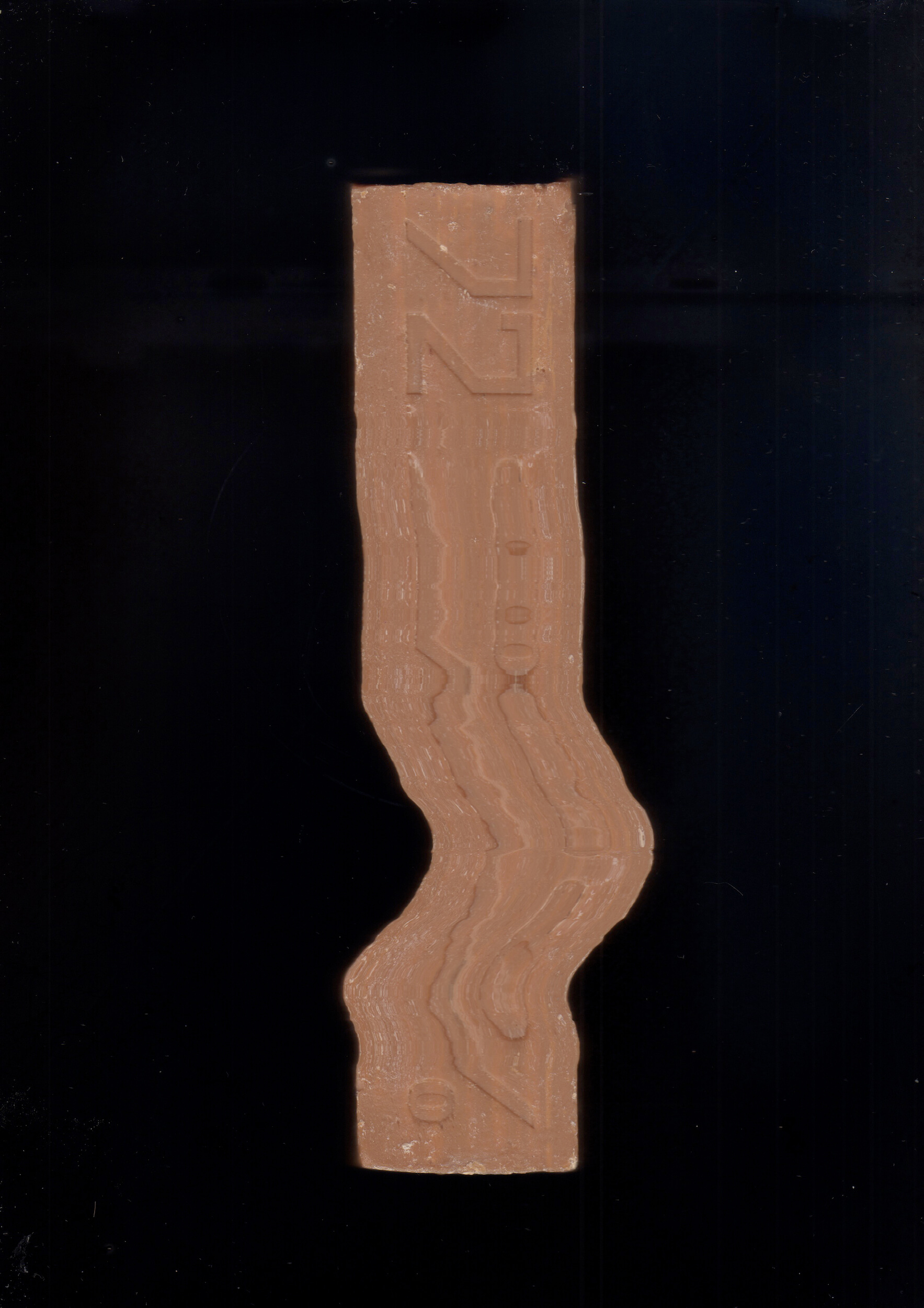
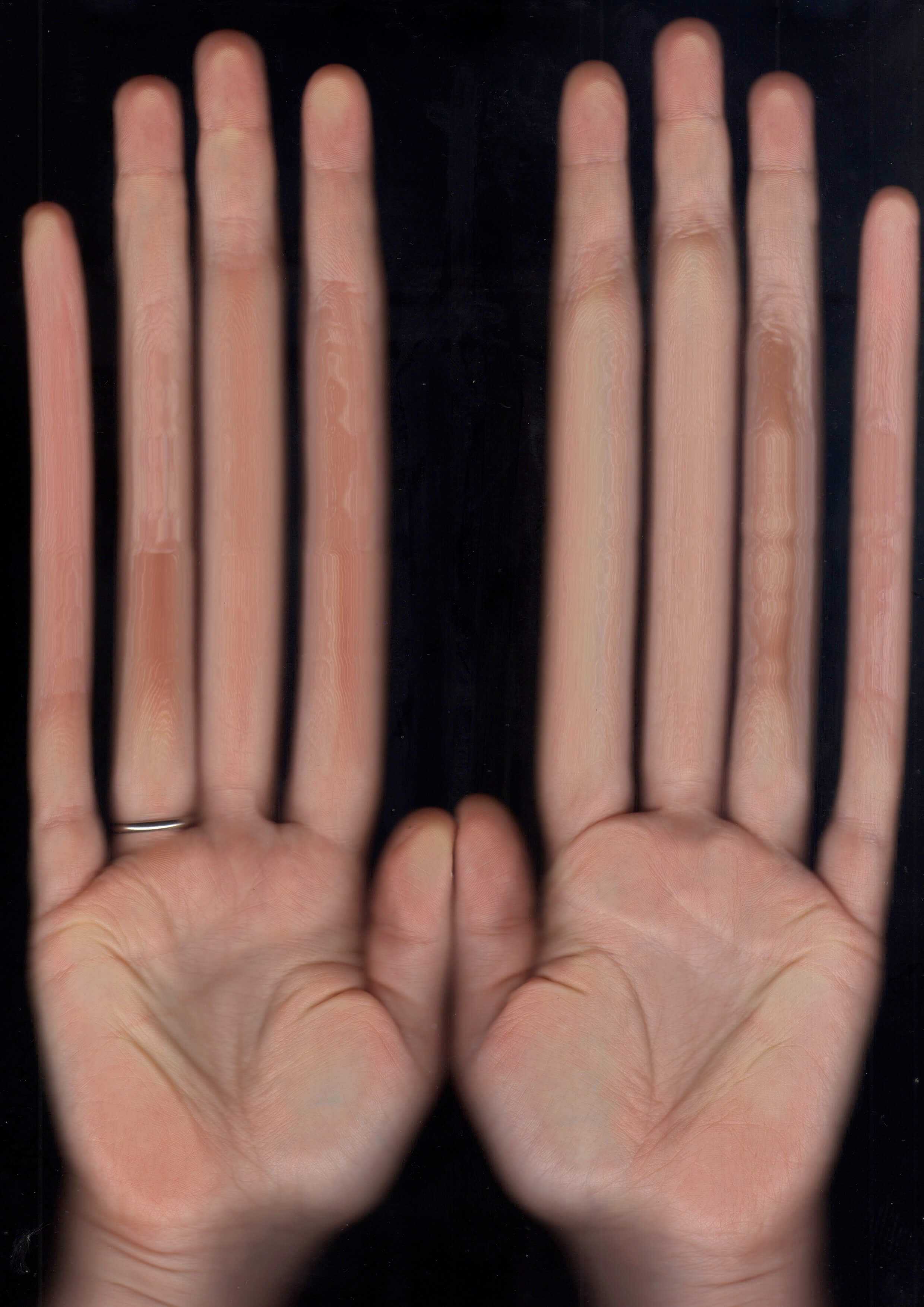
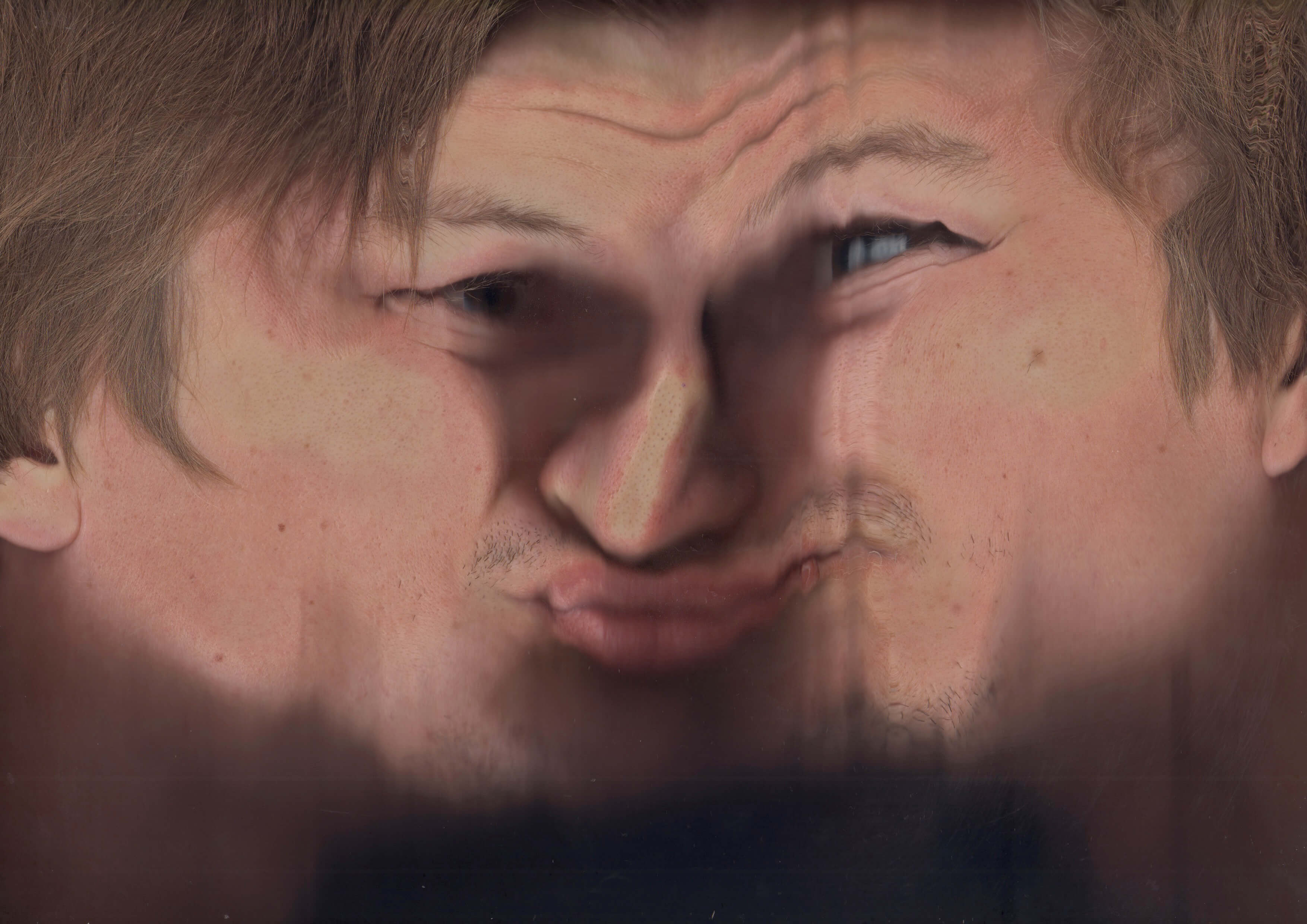
I like this concept that the scanner allows you to take photographs without leaving the house; it is very symbolic when self-isolating. Stay home and do interesting things — and you don’t even need a camera.
I made a short video where I explained slit-scan photography and showed how I made my series. It is easy to obtain this effect: when scanning objects, move them in parallel with the scanner’s line. Everything that moves together with the line will be stretched out and distorted.
You can rotate objects, move them in parallel or in a perpendicular direction, quickly or slowly — you just try and see what you get. Color lights, water, glass may provide an interesting effect. The only important thing: do this in the dark, so that the image wouldn’t be exposed to light and the background of the photographs will remain dark.
